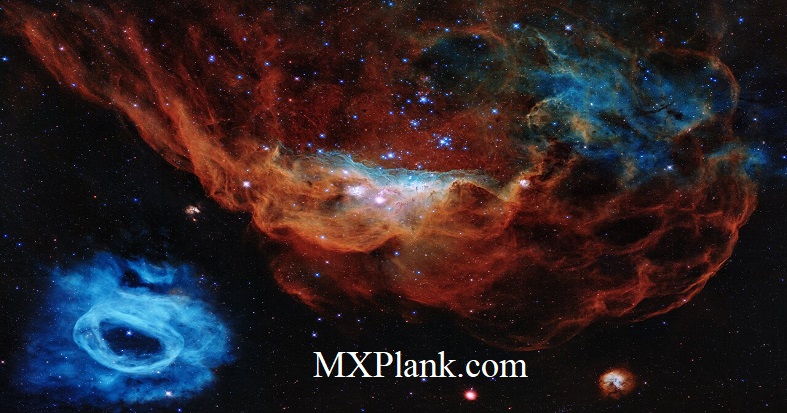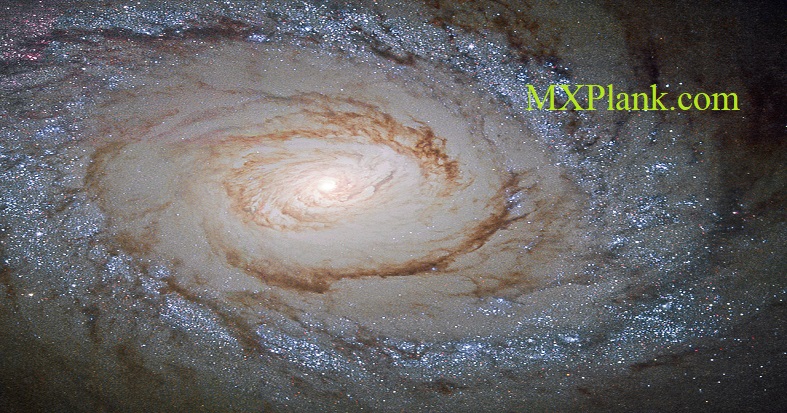
This image is one of the most photogenic examples of the many turbulent stellar nurseries the NASA/ESA Hubble Space Telescope has observed during its 30-year lifetime. The portrait features the giant nebula NGC 2014 and its neighbour NGC 2020 which together form part of a vast star-forming region in the Large Magellanic Cloud, a satellite galaxy of the Milky Way, approximately 163 000 light-years away.

This image, taken with Hubble’s Advanced Camera for Surveys shows a part the globular cluster NGC 6752. Behind the bright stars of the cluster a denser collection of faint stars is visible — a previously unknown dwarf spheroidal galaxy

This image shows the galaxy Messier 94, which lies in the small northern constellation of the

Hubble's view of the Carina Nebula shows star birth in a new level of detail. The fantasy-like landscape of the nebula is sculpted by the action of outflowing winds and scorching ultraviolet radiation from the monster stars that inhabit this inferno. In the process, these stars are shredding the surrounding material that is the last vestige of the giant cloud from which the stars were born.